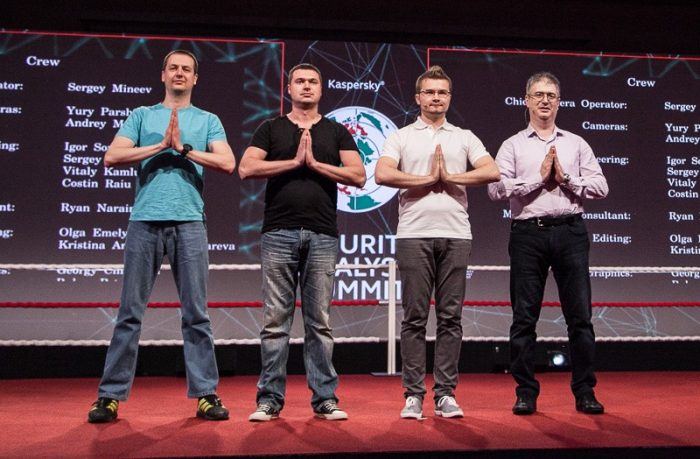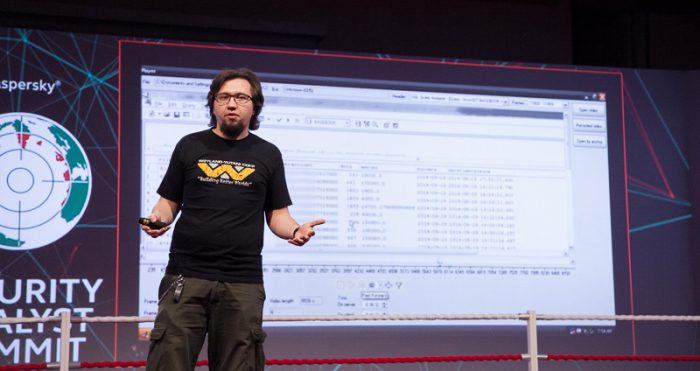
Non-conventional top security news stories: January 2015
Today we discuss the most important news on information security from January.
1243 articles

Today we discuss the most important news on information security from January.

Kaspersky Lab has discovered the first APT campaign launched by Arabic speakers, operating in the Middle East.

Kaspersky Lab’s researchers have discovered what is possibly should be called “mother of all APTs”: the Equation group has already been compared to Death Star in the APT universe.

Kaspersky Lab has discovered an ultra-massive money-stealing campaign codenamed Carbanak APT with total losses summing up to $1 bn so far.

We are now halfway through the first day of Kaspersky Lab’s Security Analyst Summit, a security conference taking place in Cancun, Mexico.

While fast and convenient, electronic payments are a risky matter if not secured properly.

It’s always nice to see high marks and awards from independent testing labs. The latest roundup shows that Kaspersky Lab’s product performance is consistently great over the time.

Understanding something means getting the correct answers to questions. In this post, we have picked – and answered – three questions that need to be asked to ensure business data security.

It can be hard for businesses to keep in mind everything they need to do to be protected. We have identified five trends in cybersecurity that are affecting businesses, directly or indirectly, at a formidable level.

With Kaspersky Small Office Security there’s no need to waste a lot of time ensuring your business is a cyber safe environment.

“A single cyberincident can kill a business” may sound like an exaggeration, but it is not. In this blog post we prove it with two different stories.

What is the best way to start assessing your company’s cybersecurity issues? First, look around at what you have.

As part of its Project Zero security initiative, Google disclosed a few vulnerabilities in Windows, some ahead of a planned patch. Google simply adhered to its “publicize in 90 days after private vendor disclosure” policy, but where are end users’ interest in this “game of flaws”?

Kaspersky Lab has just released its forecast of digital realities for 2045. Big changes are anticipated for the entire IT world and businesses. Security challenges will change as well.

Gartner named Kaspersky Lab a “leader” in the Magic Quadrant for Endpoint Protection Platforms rating for the fourth consecutive year. In this new podcast, Brian Burke, Kaspersky Lab’s global director of market intelligence and analyst relations, explains why Gartner’s Magic Quadrant matters.

There are various ways to assess the threat landscape, but it’s what companies think of it that is most important. We decided to pick the top 10 events of 2014 by a single criterion: the popularity of the corresponding stories. And here is what we came up with.

Cryptolocker is still making the rounds, even though its peak seems to have passed. Or is it just an illusion? How does it affect businesses? Read some real stories and explanations in the new blogpost at Kaspersky Business.

2014 is over, as are the holidays. Time to look back at the business security highlights of past the year.

A third-party plugin for WordPress CMS – RevSlider – made vulnerable up to 100K WordPress-based sites, with more than 10K blocked by Google for re-distributing malware they fell victims prior

Shellshock bug proved to be “wormable”, and is exploiting the vulnerable network attached devices (by QNAP at least), scanning for more potential victims. While it is not exactly a Christmas

The number of corporate-targeting attacks increased this year more than two times compared to 2013. Why?